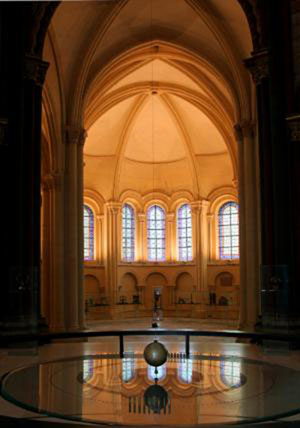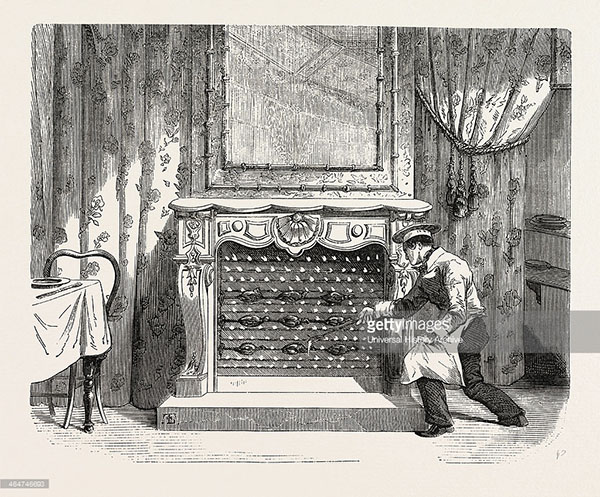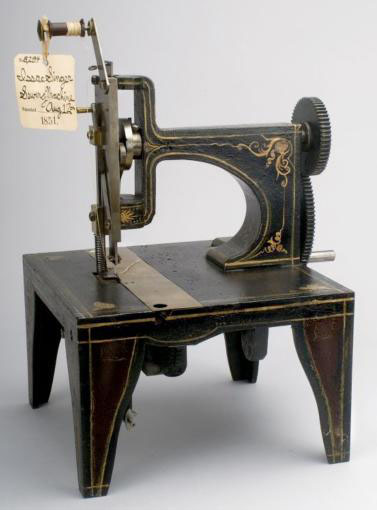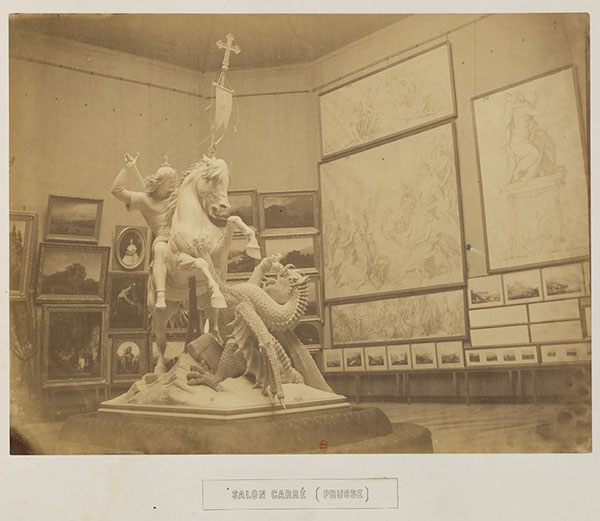World's Fair of 1855
Download PDFIn 1855, the second World’s Fair opened in Paris; Response to the British challenge of the World’s Fair of 1851 . Presented as the "Exhibition of Agricultural, Industrial and Fine Arts Products", it focuses on fine arts and agriculture, enabling to enhance the many French artists and the wealth of local products, including wine. For Napoleon III , it is a matter of affirming the existence of the Second Empire , a young regime faced with European and multi-decadal powers.
In response to the Crystal Palace, Napoleon III built the Palace of Industry, also designed as a large canopy. Organized in 30 classes divided into 8 groups, the Exhibition welcomes all nations under the same buildings, so as to be able to compare; A formula that will soon give way to separated National Pavilions. The Palais de l'Industrie exhibits industries, textile and chemical products, as well as furnishings in which cabinetmakers are standing out like Fourdinois, awarded a Grand Medal of Honor for an enamelled ebony cabinet, or Jeanselme to whom Napoleon III purchased a large hunting buffet for his antechamber at the Palace of Saint-Cloud. The house Tahan also makes sensation with a large aviary which is several times reproduced in the international newspapers, and exhibits unique furniture inlaid with the porcelain marquetries of Julien-Nicolas Rivart .
The World’s Fair is also the occasion to present small and great inventions which in the long term have led to technical and social revolutions, visible all along the Seine in the Galerie Annexe des Machines. In 1855 were presented : the pendulum of Foucault, Mr. Loysel's percolator to make coffee flow, and the technique of galvanoplasty, which was taken over by the firm Christofle for the realization of bronze and will contribute to its success, or the Singer sewing machine that marks the beginning of the modern era of fashion.
Between the Palais de l’Industrie and the Galerie Annexe des Machines, the Rotonde des Panoramas, designed as the central pivot of the Exhibition, hosts luxury industries. Finally, 5,000 paintings are presented in a specific building called the Palace of Fine Arts. The 1855 World’s Fair is a turning point for French painting, which consecrated the great romantics and gave a chance to a certain Gustave Courbet to make his counter-exhibition with the Pavilion of Realism.
The exhibition is a success with 14,000 participants and approximately 5,000 visitors, including Queen Victoria at the inauguration, or the Emir Abd-El-Kader, a great opponent of the colonization of Algeria, to whom Napoleon III gave freedom. And in a crowd of anonymous, some young still unknown artists are present, such as Degas, Pissarro, Renoir ...
Bibliography
- Le livre des expositions universelles 1851-1889. Ed Union Centrale des Arts Décoratifs 1983.
- Les expositions universelles de Paris. Pascal Ory. Ed Ramsay « image », 1982.

















